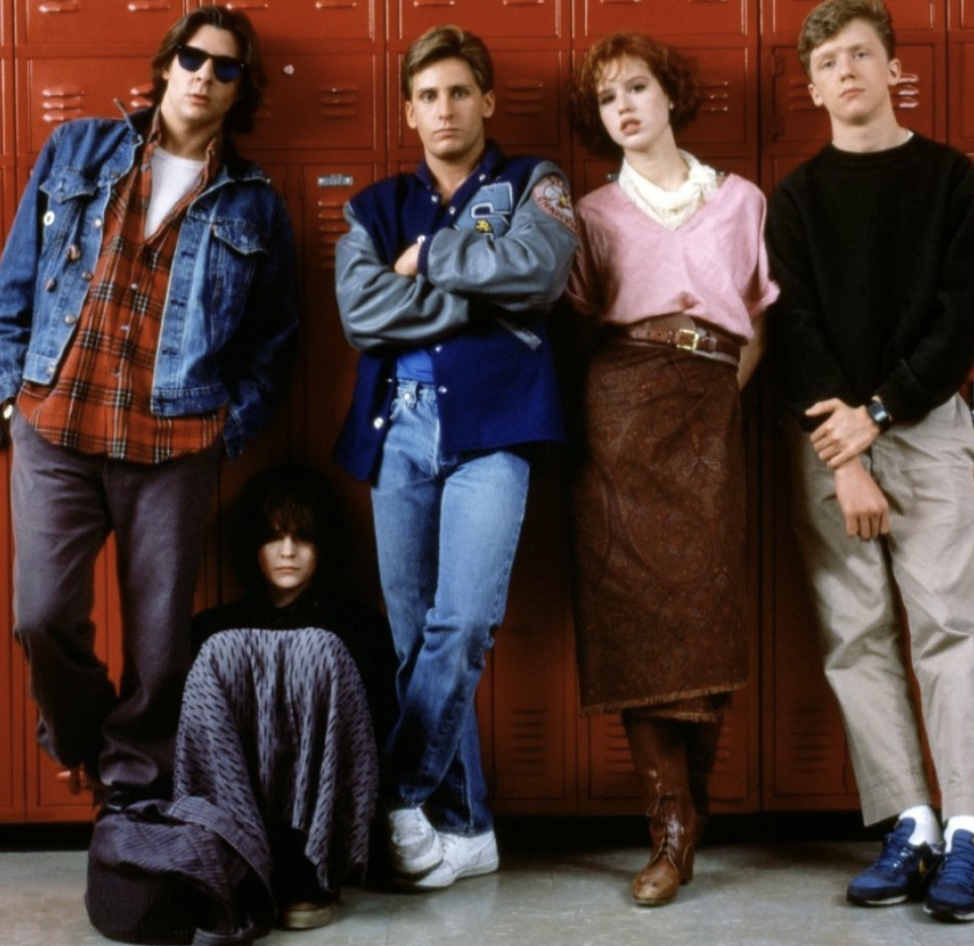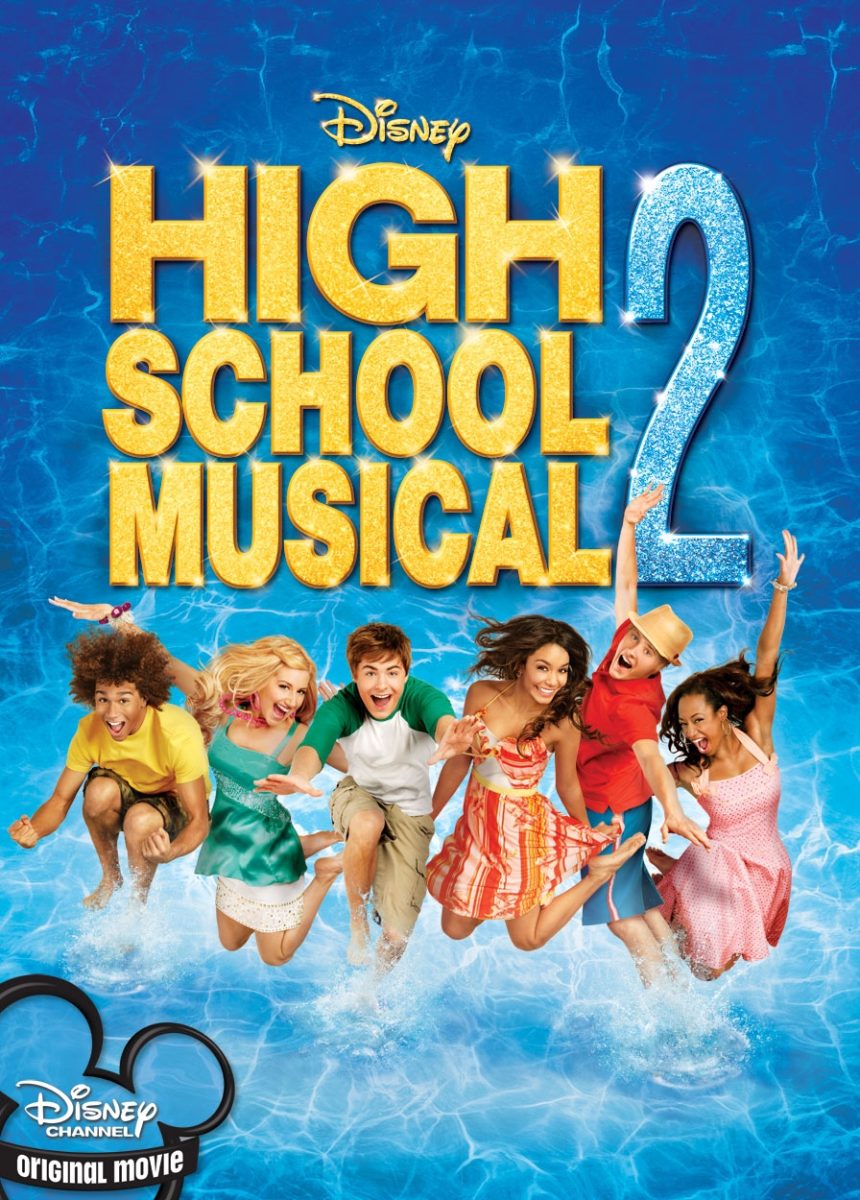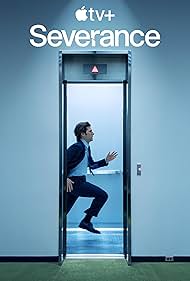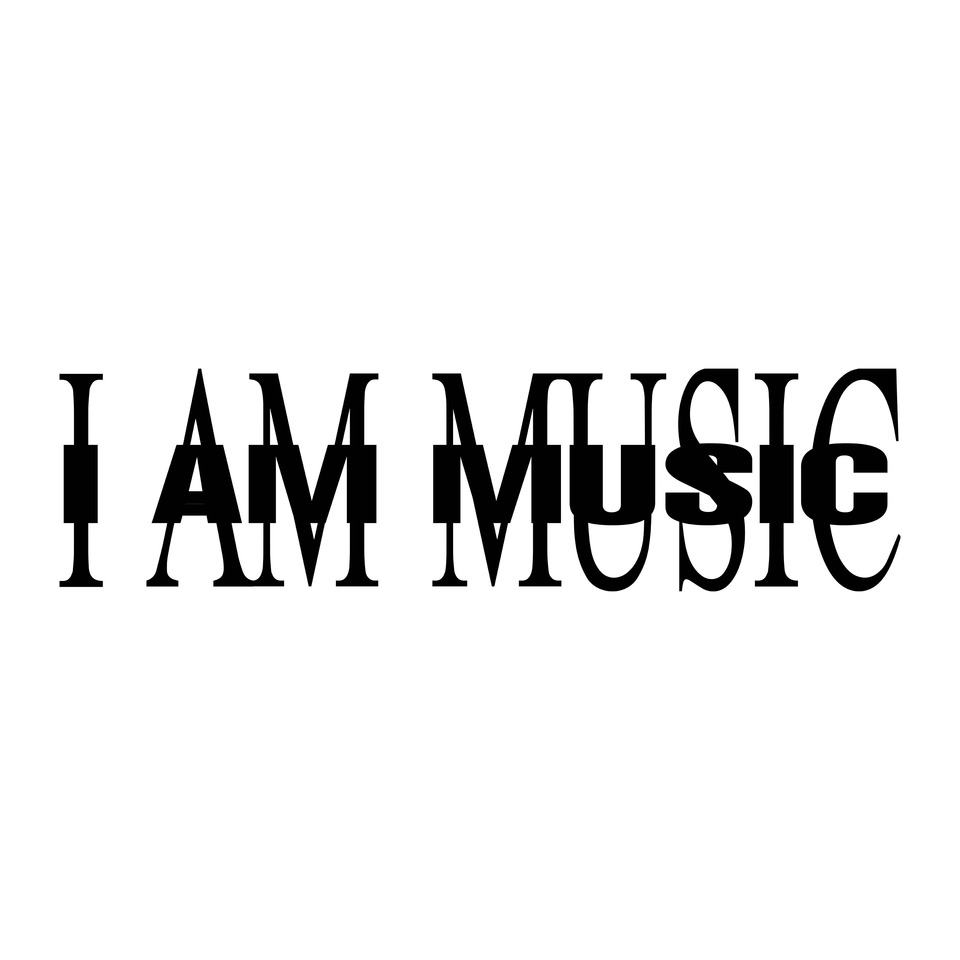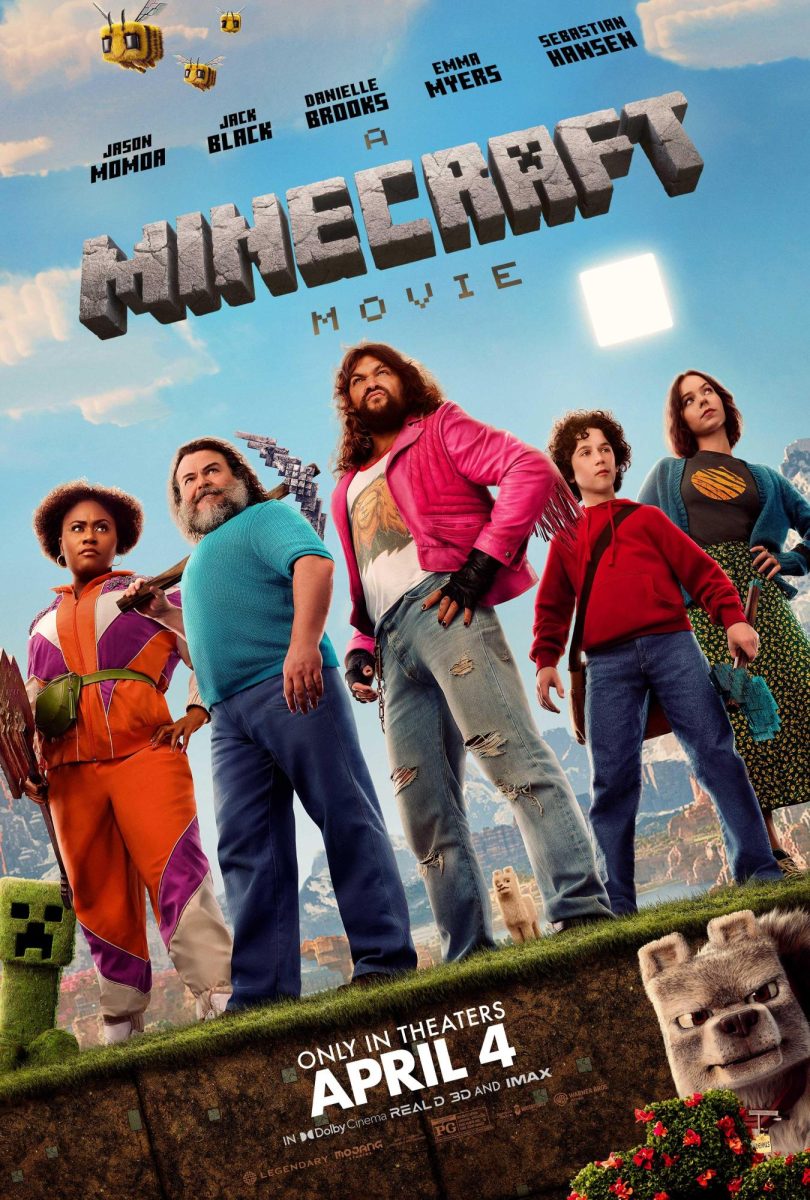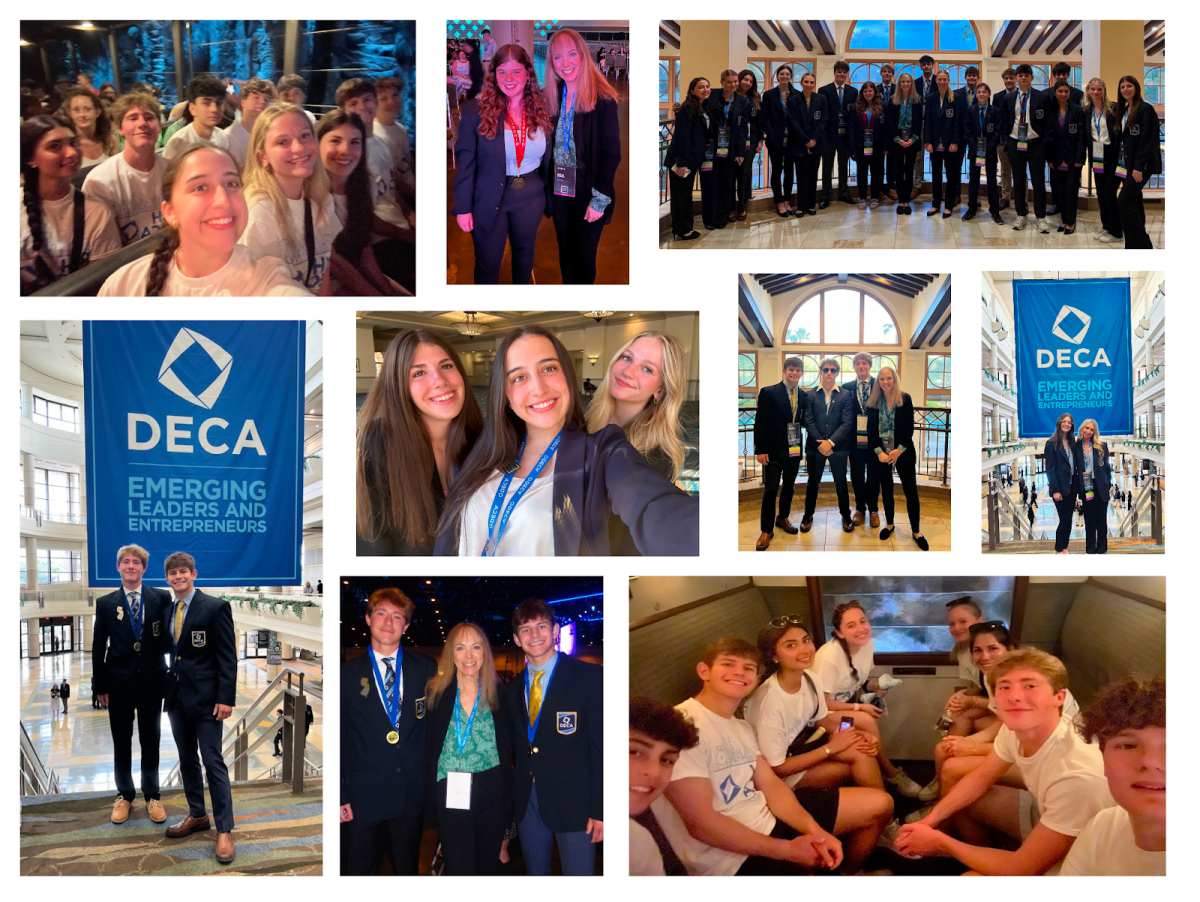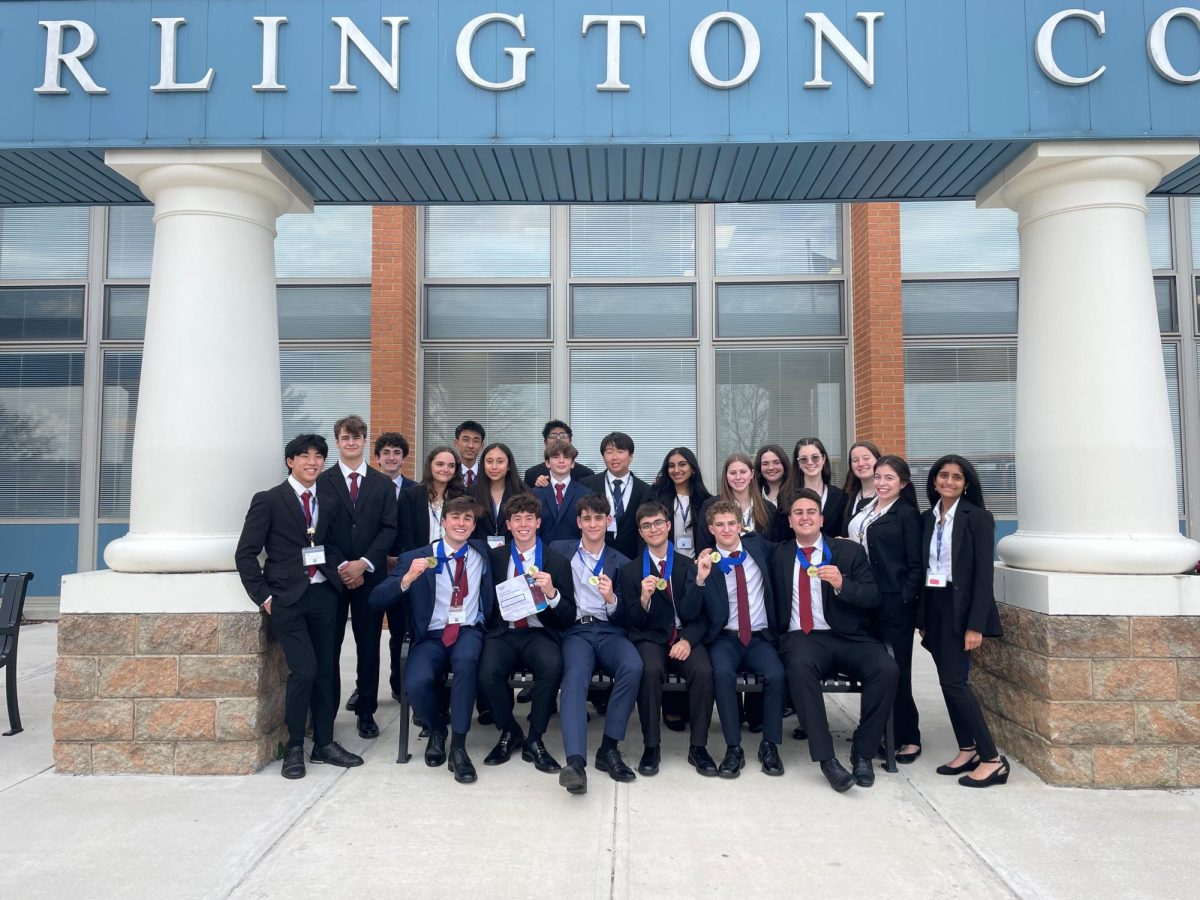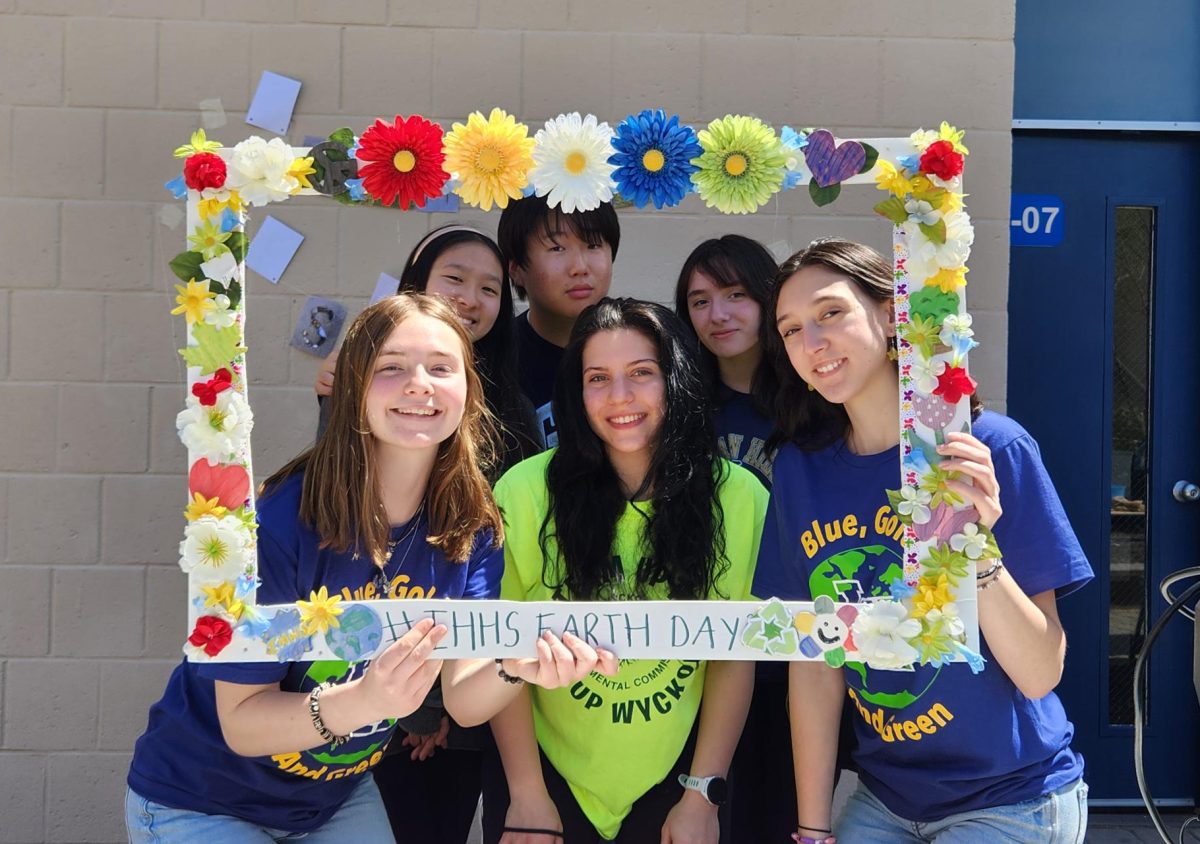In the 1980s and 1990s, high school movies were all the rage. Fun, relatable, romantic, and sometimes sad films centered around teens have become some of the most iconic and critically acclaimed films of the late 20th century. Yet, today, it is almost impossible to find a movie that actually resonates with modern teens. Instead, people continue to rely on these older films for fun, not shallow teen content. Several filmmakers and actors have contributed to this nostalgic adolescence and have created a magical view of teen life.
One of the most popular filmmakers of the 1980s was the writer and director John Hughes. Hughes has created some of the most iconic teen films of all time that continue to be enjoyed by individuals from all generations. Even though most of his films have a distinctly ‘80s vibe, the overall morals and lessons continue to resonate with teens today. Hughes wrote his characters in a way that was accurate to the real struggles of teenagers. Instead of dismissing young people, he actively represented the various emotions and issues that they face, mixing the adventurous and freeing environment of the 80s with the darkness and identity struggles that many kids face. He made it clear that teen years greatly impact personal development and that the decisions made during those years are crucial to adulthood. These themes are portrayed in his films like Ferris Bueller’s Day Off and Some Kind of Wonderful, which are both emotional and entertaining. In The Breakfast Club, Hughes included the David Bowie quote, “And these children that you spit on / As they try to change their worlds / Are immune to your consultations / They’re quite aware of what they’re goin’ through.” This quote symbolizes his understanding and support for young people and their struggles. This made for a collection of blockbuster movies that have impacted the way society views teens today.
Hughes also played a key role in shaping the careers of young actors, most notably Molly Ringwald. Often regarded as the ultimate ’80s “it-girl,” Ringwald starred in The Breakfast Club, Sixteen Candles, and Pretty in Pink, cementing her status as a teen icon. With Ringwald’s distinctive look and Hughes’s masterful writing, the two became one of the most famous director-actor duos of all time. Ringwald was also a part of a group called the Brat Pack which comprised many of the young stars in The Breakfast Club, St. Elmo’s Fire, and many other coming-of-age films from the time. The Brat Pack included Andrew McCarthy, Demi Moore, Emilio Estevez, Rob Lowe, Ally Sheedy, Molly Ringwald, and Judd Nelson. This era of highschool movies was defined by this group both on and off the screen. These actors are the faces of ’80s teenhood and film.
Beyond teen-centered films, the ’80s also saw a surge in popular kids’ movies, which introduced audiences to some of the most well-known child stars of the decade. The Goonies remains one of the most beloved films of its kind, featuring young actors such as Sean Astin and Corey Feldman in their preteen years. Feldman, in particular, became a defining face of the decade, starring in classics like Stand by Me alongside River Phoenix. He frequently collaborated with fellow child actor Corey Haim, with their partnership shining through in The Lost Boys and License to Drive. Another standout in the era was Home Alone, written by Hughes and starring Macaulay Culkin, which went on to become one of the most-watched Christmas movies of all time. These films resonated because they weren’t overly corny or childish, making them enjoyable for audiences of all ages.
By the late 1990s, a new wave of high school films emerged, ushering in a fresh set of teen idols. The period from 1998 to 1999 saw the rise of several iconic female-led films, including Jennifer Love Hewitt in Can’t Hardly Wait, Denise Richards in Wild Things, and Reese Witherspoon and Sarah Michelle Gellar in Cruel Intentions. These movies developed strong support and consumer following patterns, each featuring unforgettable scenes that helped define the decade’s pop culture landscape. Other standout teen actresses of the era included Phoebe Cates (Fast Times at Ridgemont High), Alicia Silverstone (Clueless), Amanda Peterson (Can’t Buy Me Love), Drew Barrymore (Scream), and Christina Applegate (Don’t Tell Mom the Babysitter’s Dead). Their influence extended beyond the screen, fueling the popularity of teen magazines like Seventeen and Teen Beat while shaping fashion and beauty trends. Fans eagerly followed their favorite stars, making them not just actors but also cultural icons.
Overall, the 1980s and 1990s cemented the high school movie as a defining genre, producing cult classics that remain beloved by both teens and adults today. From Back to the Future to Dirty Dancing to American Pie, these films captured the essence of adolescence in a way that continues to captivate audiences. Even for those who don’t typically enjoy movies, these films make for easy and enjoyable watches—most running under an hour and a half. These cultural icons can continue to be relevant and appreciated for their revolutionary messages if more modern high school students could watch them. They can also teach valuable lessons that apply to young people from all decades. For example, Ferris Buller’s Day Off can teach modern teens to get off their phones and out of their house to experience their youth. Ferris says, “Life moves pretty fast. If you don’t stop and look around once in a while, you could miss it.” So grab some popcorn, throw on a classic, and experience teenhood through the lens of the ’80s and ’90s!


